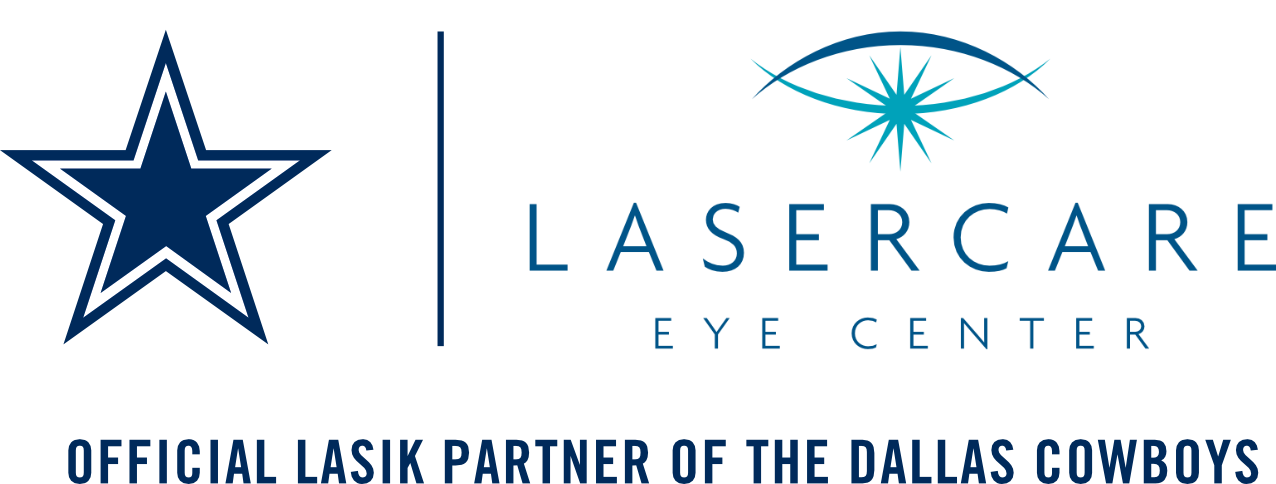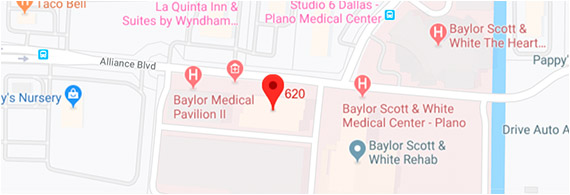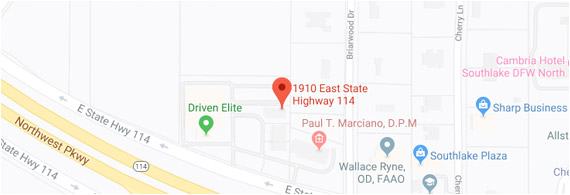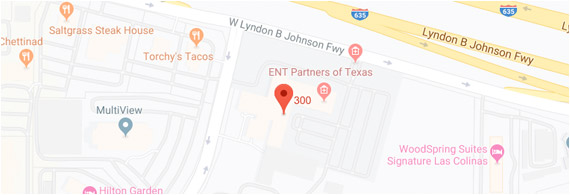Glaucoma Dallas
What is Glaucoma?

- In most cases of Glaucoma, eye pressure becomes elevated, which causes damage to the optic nerve.
- Blindness from Glaucoma typically affects peripheral (or side) vision first.
- Because central vision is preserved at the beginning, most Glaucoma patients are unaware that they have it.
- The only way to detect early Glaucoma is through regular dilated eye exams and checking of the eye pressure.
- There are many different types of Glaucoma.
What are the Main Types of Glaucoma?
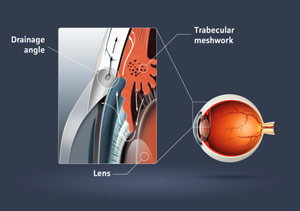 Glaucoma is usually characterized as:
Glaucoma is usually characterized as:
- Primary Glaucoma
- Primary Open Angle Glaucoma
- Primary Angle Closure Glaucoma
- Secondary Glaucoma
- Traumatic Glaucoma
- Pigment Dispersion Glaucoma
- Pseudoexfoliation Glaucoma
- Normal Tension Glaucoma
What are the Primary Glaucomas?
Primary open angle Glaucoma (POAG):
- This is the most common type of Glaucoma
- High pressure inside the eye damages the optic nerve.
- By definition, there can be no other factors contributing to the higher pressure.
- Most patients with POAG have no symptoms until the end stage of the disease.
Acute angle closure Glaucoma:
- This is a rare type of Glaucoma
- It occurs because of an anatomic abnormality in the eye affecting the drainage system.
This results in the drainage system becoming blocked. - Because the fluid cannot flow out of the eye, it builds up very rapidly inside of the anterior chamber and causes a drastic increase in eye pressure.
- Increased eye pressure in this case can be painful and cause vision to become blurry.
What are the Secondary Glaucomas?
Traumatic Glaucoma:
- Eye injuries can cause a spike in eye pressure from inflammation or from tears or other damage inside the eye.
- Once the injury heals, the eye pressure may return to normal or it may remain elevated.
- This can cause damage to the optic nerve.
- In certain cases of traumatic Glaucoma, long term damage to the drainage system may occur, preventing fluid from properly draining from the eye, which causes an increase in eye pressure.
Pigment Dispersion Glaucoma:
- This type of Glaucoma is also caused by an anatomic abnormality inside the eye.
- The abnormality causes pigment to slough from the iris
- The pigment circulates in the front chamber of the eye and clogs the drainage system
- This prevents fluid from draining, thereby increasing eye pressure.
Pseudoexfoliation Glaucoma:
- This type of Glaucoma is also caused by an anatomic abnormality in the eye.
- The abnormality causes particles from the lens to slough off as the pupil constricts and dilates. The lens particles circulate in the front chamber of the eye.
- This clogs up the drainage syndrome and it becomes clogged, preventing the fluid from draining. This results in increasing eye pressure.
Normal Tension Glaucoma
- In Normal Tension Glaucoma, eye pressure is not elevated, but damage still occurs to the optic nerve in a Glaucomatous fashion.
- By definition, the Angle (drainage system) is open.
- The cause of Glaucomatous optic nerve damage in the absence of high eye pressure is unknown. One theory suggests that there is not enough blood supply to the optic nerve, thus causing damage to the nerve fiber cells due to lack of oxygen and nutrients.
- Another theory suggests that it occurs in fragile optic nerves that sustain damage despite the pressure being normal.
How is Glaucoma Treated?
The goal for treatment with all types of Glaucoma is the reduction of eye pressure. There are two ways to accomplish this goal:
- MEDICAL TREATMENT
- There are different classes of eye drops that can decrease eye pressure.
- The type of Glaucoma you have may determine what kind of drops your doctor prescribes.
- Anti-Glaucoma eye drops are dosed differently depending on what you are taking.
- In some cases, you may need more than one drop to control your eye pressure.
- SURGICAL TREATMENT
- Acute angle closure Glaucoma requires a laser surgery to open an alternate drainage pathway for fluid and prevent future episodes of blockage to the drainage system.
- For POAG, Normal tension and secondary Glaucomas, multiple surgery options exist to control eye pressure. The type of surgery used can depend on how severe your Glaucoma is and the preference of the surgeon. In one of the most common and noninvasive surgeries for Glaucoma, a laser is used to treat the drainage system so that fluid can more easily escape and eye pressure is lowered.
What can I do to Prevent Glaucoma?
It is necessary to have regular eye exams to check for Glaucoma. Age, race, genetics and environmental factors can increase your risk for developing Glaucoma. Because most types are asymptomatic, you may not know you have Glaucoma.
